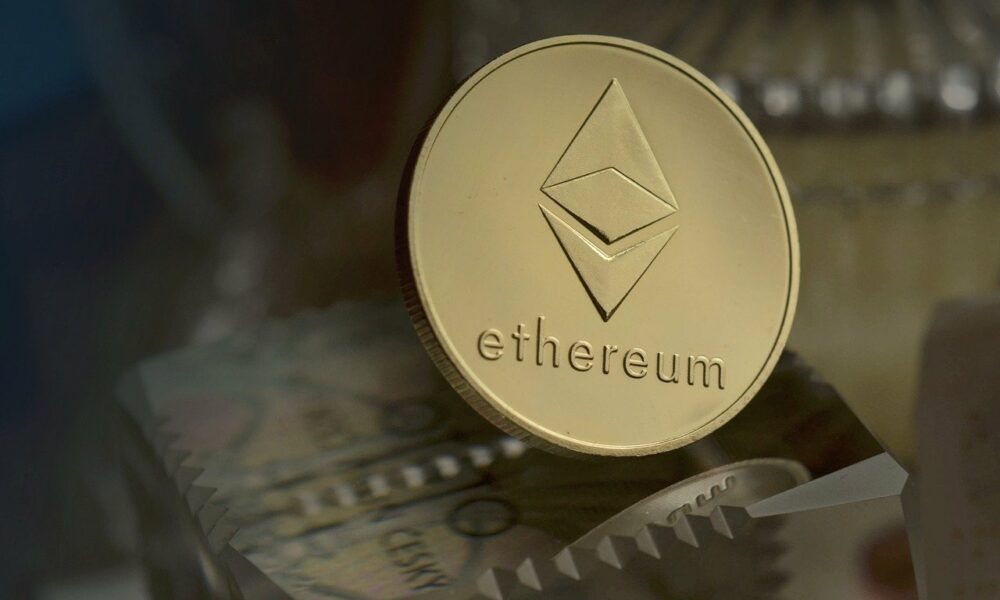
With the cryptocurrency industry entering the mainstream last year, its underlying issues have come to light alongside it as well.
Among the most frequently cited is the high energy consumed by the oldest and most popular blockchains including Bitcoin and Ethereum, due to their use of the Proof of Work consensus mechanism.
Sustainability or security?
These problems were particularly exasperated this year when the rise of the DeFi and NFT industries led to a surge in the use of Ethereum. In fact, it brought in traffic that the network may not have been prepared to handle.
In a recent blog post, the platform noted,
“Ethereum’s current energy expenditure is too high and unsustainable. Resolving energy expenditure concerns without sacrificing security and decentralization is a significant technical challenge.”
In the midst of a harsh backlash, Ethereum is now heading towards a greener ecosystem, with its move to the Proof of Stake consensus mechanism that uses significantly less power than PoW.
Since it eradicates the need for miners and instead replaces them with validators that stake their own ETH as a form of trust, the need for high computational power becomes meaningless.
Several rival blockchains, including Polkadot, Cardano and Avanalche, have already used this mechanism and thus register much lower fees and transaction times.
Ethereum’s PoS-based Beacon Chain has already been running since the end of 2020 and the network is supposed to fully adopt the same by the second quarter of 2022. In the meantime, the chain has provided Ethereum with insights on how scalable and energy-efficient the network will be post-Merge.
“Ethereum’s energy expenditure will roughly equal the cost of running a home computer for each node on the network.”
In comparison, an ETH transaction in PoW is equivalent to the power consumption of an average U.S household over 7.44 days, according to a report by Digiconomist.
The post also suggested a “realistic estimate” for fragmented Ethereum transactions after the merger with rollups, which amounted to 25,000 to 100,000 transactions per second (tps). This means that the network would take around 4 seconds to complete 100,000 transactions, which would use around 0.667 kWh of energy.
“This is ~0.4% of the energy used by Visa for the same number of transactions, or a reduction in energy expenditure by a factor of ~225 compared to Ethereum’s current proof-of-work network.”
Interestingly, a single ETH transaction currently uses as much energy as 100,000 VISA transactions.
While it’s impossible to estimate what the future holds for the network after the merger in terms of ESG goals, the Beacon Channel has sown trouble in a different direction.
A Twitter user recently highlighted that the chain’s contract is the single largest Ethereum contract containing 8,641,954 Ether, worth over $34 billion at press time. This can reportedly not be “sent or spent.”
Even though the network may require an unspecified hard fork to save funds, the huge amount of ETH that has already been staked indicates high demand and confidence for the ETH 2.0 merge.


















